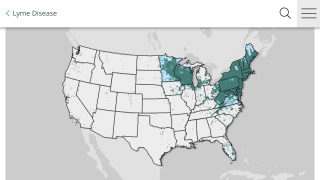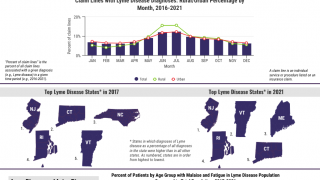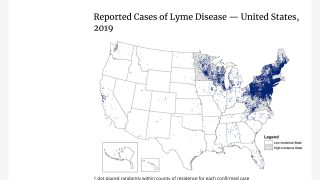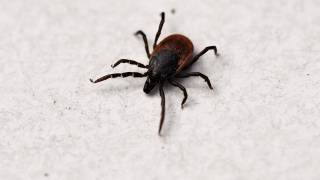Lyme Disease ‘May Keep You Up At Night’
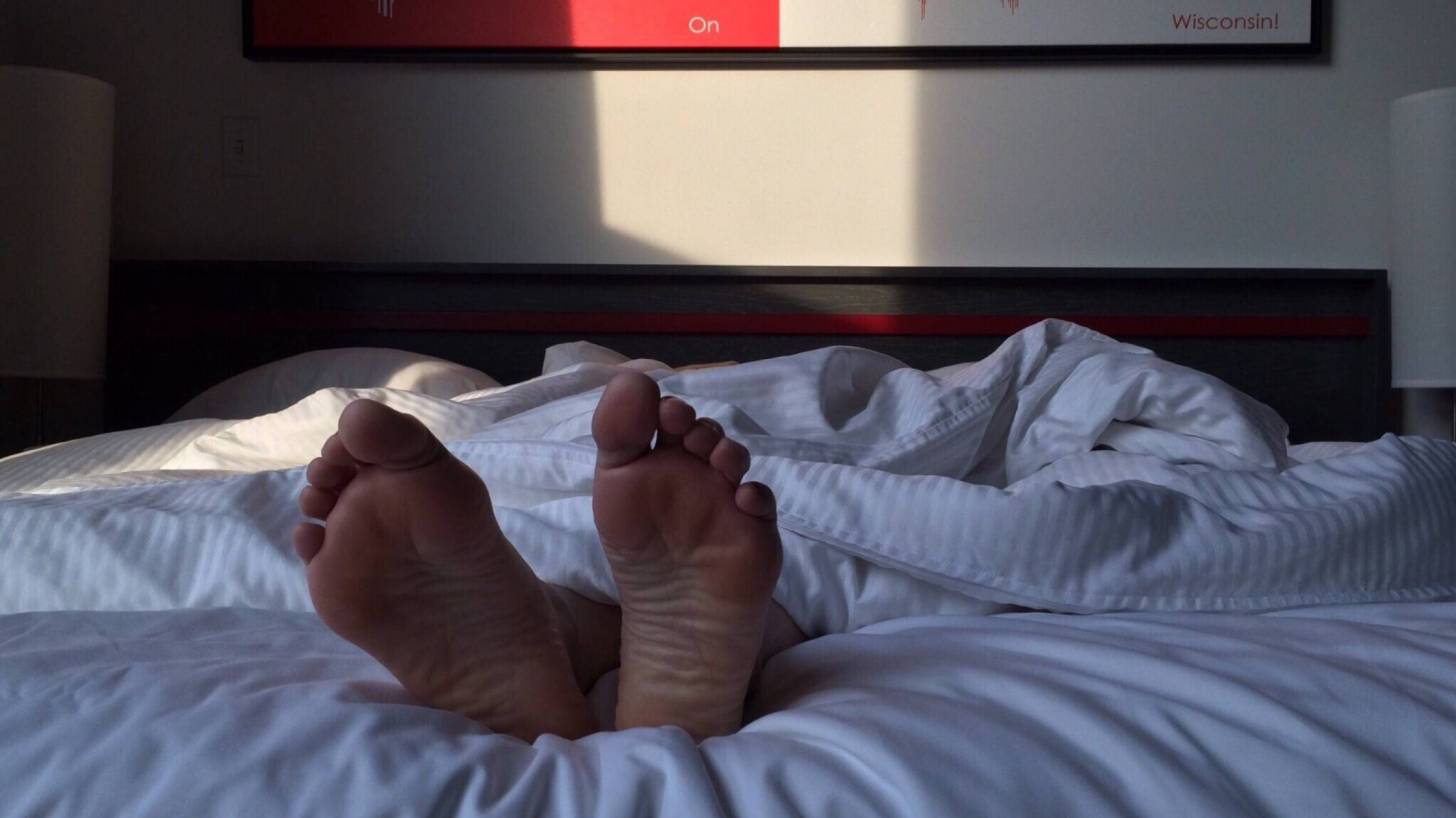
New research says if you have the most severe form of Lyme Disease, your sleep quality and quantity may be impaired.
This study reported that a subset of patients who developed post-treatment Lyme disease syndrome (PTLDS), experienced poor sleep for up to 1-year post-treatment.
Which means healthcare providers may be missing this silent, lingering condition.
“If left untreated, Lyme disease in people can progress into more chronic and serious disorders, such as carditis and arthritis,” said Maria Esteve-Gasent, Ph.D., assistant professor at the Texas A&M College of Veterinary Medicine & Biomedical Sciences.
“Lyme disease is caused by the bacterial pathogen Borrelia burgdorferi, which is transmitted by Ixodes ticks—also known as black-legged or deer ticks.”
Typical Lyme Disease symptoms include fever, headache, fatigue, and a characteristic skin rash called erythema migrans. If left untreated, the infection can spread to joints, the heart, and the nervous system.
“These ticks feed on infected animals—mostly wildlife—and, incidentally, feed on humans and companion animals, which spreads Lyme disease,” said Dr. Esteve-Gasent.
The ticks that transmit Lyme disease can occasionally transmit other tickborne diseases, such as Rocky Mountain spotted fever, anaplasmosis, ehrlichiosis, Powassan virus, and babesiosis says the CDC.
In the USA, 14 states are classified as “high incidence”: Connecticut, Delaware, Maine, Maryland, Massachusetts, Minnesota, New Hampshire, New Jersey, New York, Pennsylvania, Rhode Island, Vermont, Virginia, and Wisconsin.
During 2008–2015, these states accounted for 95 percent of the 275,589 cases of Lyme disease that were reported to CDC.
Researchers have found that Lyme disease costs the U.S. healthcare system between $712 million and $1.3 billion a year.
Which means, treating Lyme disease costs on average $3,000 per patient.
Moreover, until a human vaccine becomes available, Lyme Disease (LD) will continue to negatively impact the USA.
This clinical cohort study of participants with early LD (n = 122) and a subcohort of individuals who later met criteria for PTLDS (n = 6). The Pittsburgh Sleep Quality Index and standardized measures of pain, fatigue, depressive symptoms, and functional impact were administered at all visits for participants and controls.
Study participants with PTLDS reported significantly worse global sleep and sleep disturbance scores and worse fatigue, functional impact, and more cognitive-affective depressive symptoms compared with poor sleeping controls.
Furthermore, these researchers say future studies are needed to compare sleep disruption in PTLDS to other illnesses with similar symptoms, such as fibromyalgia and chronic fatigue syndrome.
Our Trust Standards: Medical Advisory Committee



